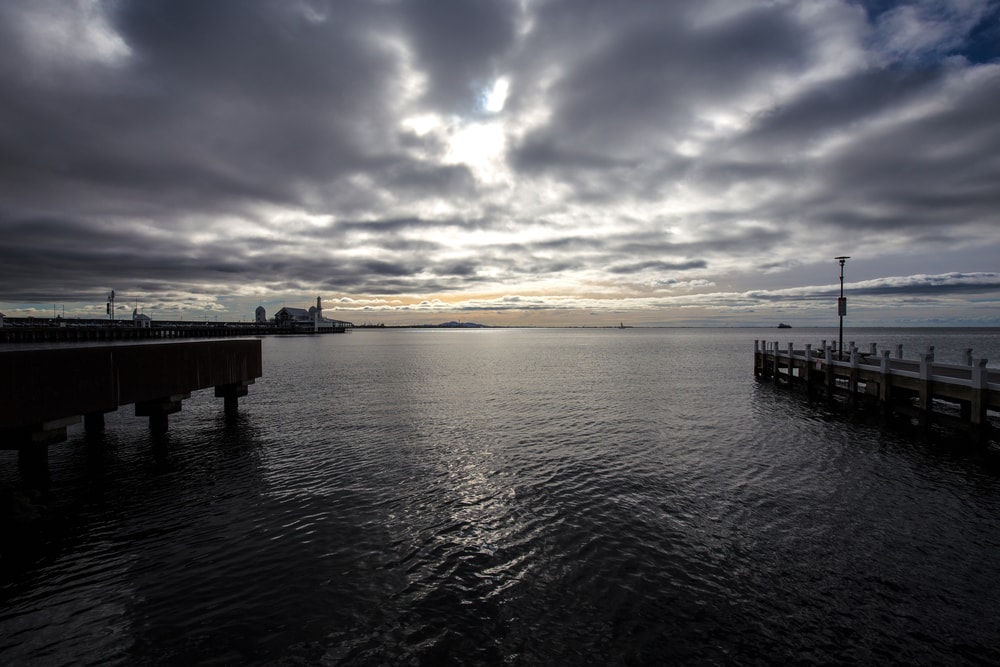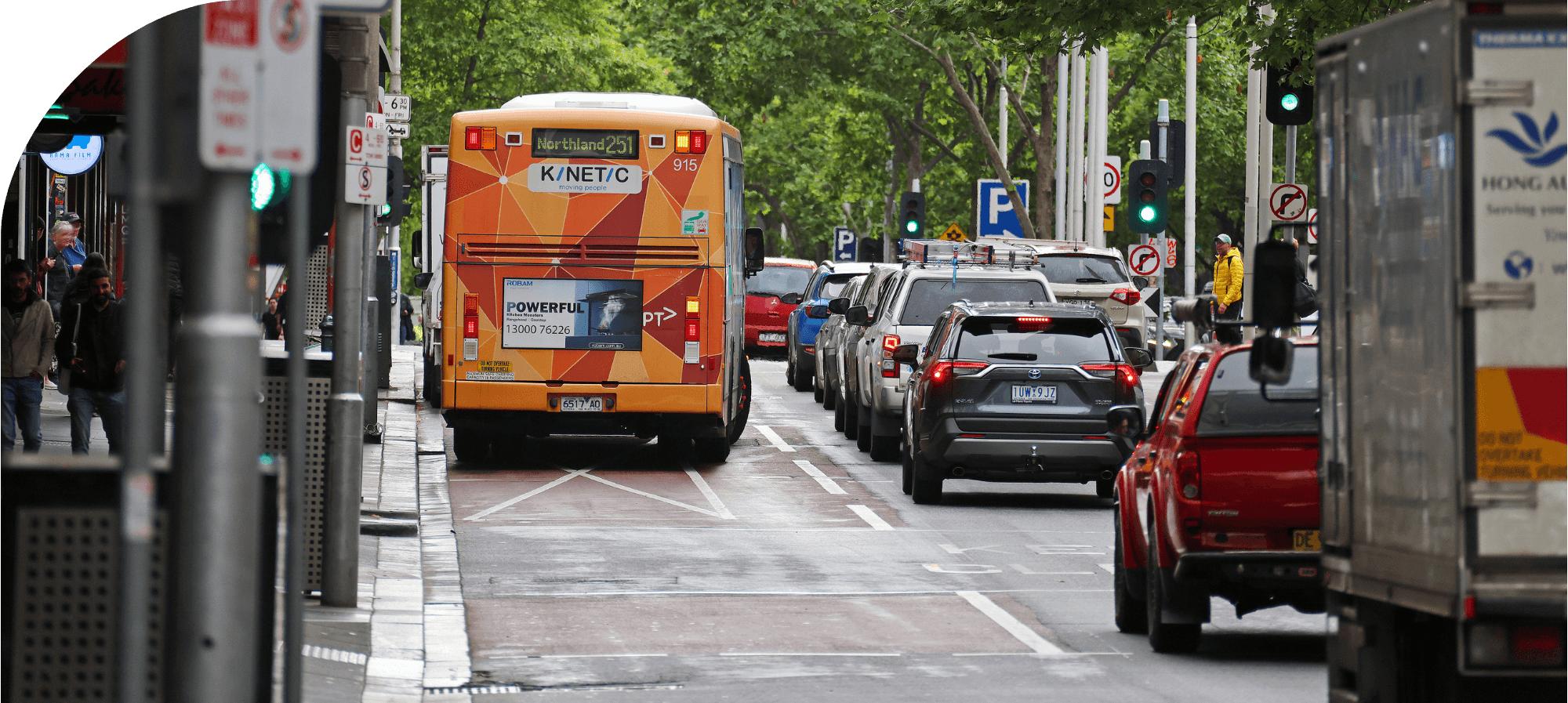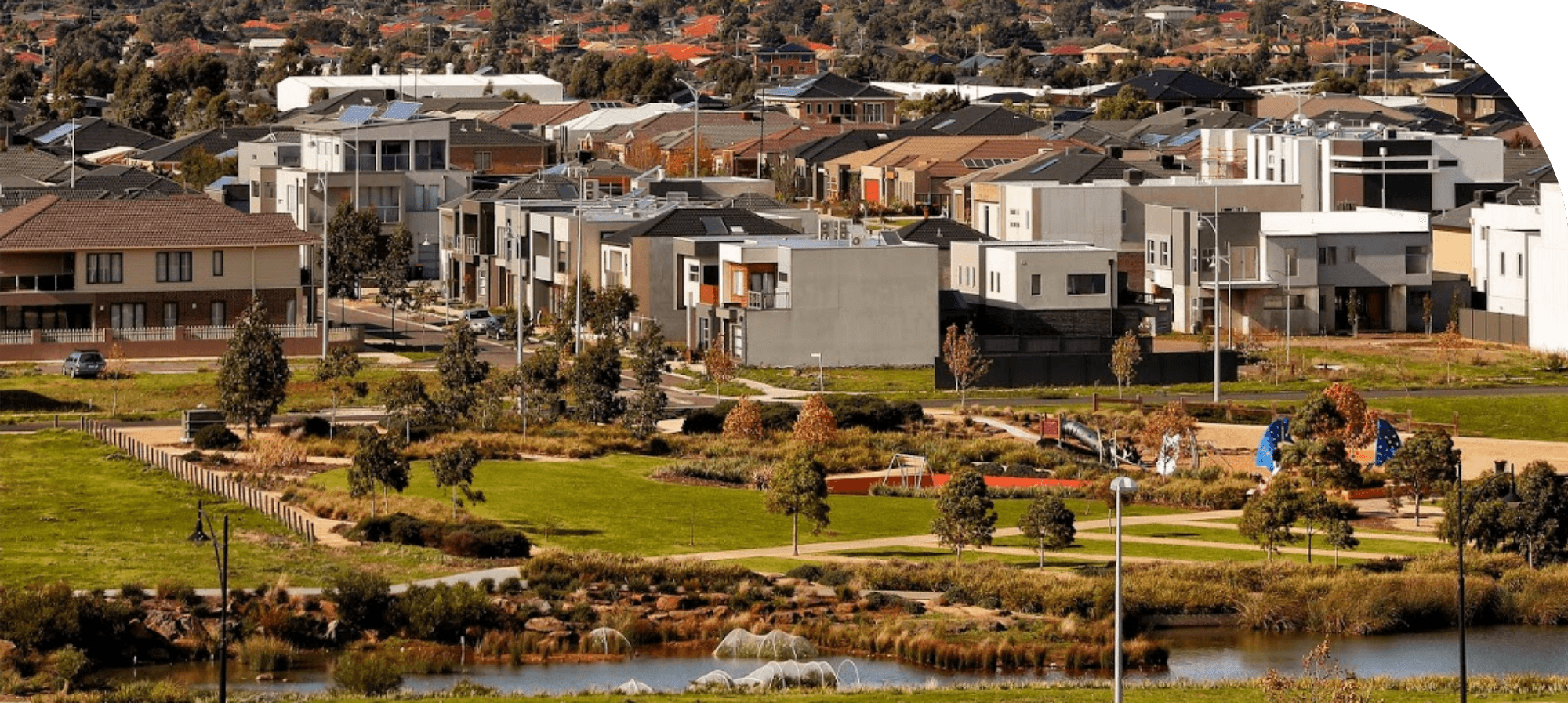Challenges

Victoria faces challenges in achieving the strategy objectives
Infrastructure is vulnerable to climate change and other risks
Since we released Victoria’s infrastructure strategy 2021–2051, Victorians have continued to live with the health and economic impacts of a global pandemic. Geopolitical tension and instability have affected Victoria, as have global economic challenges. Catastrophic events can happen suddenly and have devastating impacts.
Victorians have recently faced the challenges of bushfires, storms and floods.
Governments need to plan, build and maintain Victoria’s infrastructure to be resilient to climate change and other risks. Infrastructure is needed to achieve this target.
Climate change also threatens many of Victoria’s natural ecosystems. Building infrastructure can further harm the natural environment. But governments can avoid this impact by planning for and designing infrastructure that minimises disruption to the natural environment. People and wildlife receive many benefits from healthy ecosystems.
A growing population places more demand on infrastructure
This means Victoria’s population will grow by about one million people each decade, for the next 3 decades.
Population growth places extra demands on Victoria’s infrastructure. But harnessing this growth can help build a more prosperous economy and society. Well-planned, efficient and targeted infrastructure can help Victoria benefit from population growth.

Governments can only build so much infrastructure
This debt may restrict future budget spending. The government will need to carefully prioritise its infrastructure investments to deliver what Victorians need most.
But the government can take actions other than building more infrastructure. For example, it can better plan for the infrastructure Victorians need and investigate ways to improve the use of existing infrastructure.
Over time, the government can work with industries to help workers develop the skills needed to tackle future challenges.
The current shape of Victoria’s cities makes it more expensive to deliver infrastructure
More compact cities, in which people live and work closer together, are better for the economy, people and the environment.
Victoria's cities have historically expanded outwards. Landowners built new homes in new suburbs on city edges. But these places do not always have good access to infrastructure until many years after the homes are built. They limit people’s options to travel for work and study and restrict where they can rent or buy an affordable home.
People live closer to jobs and services in cities that are more compact.
Achieving compact cities in Victoria will require a sustained and coordinated effort in many infrastructure sectors, but the benefits will be substantial.
